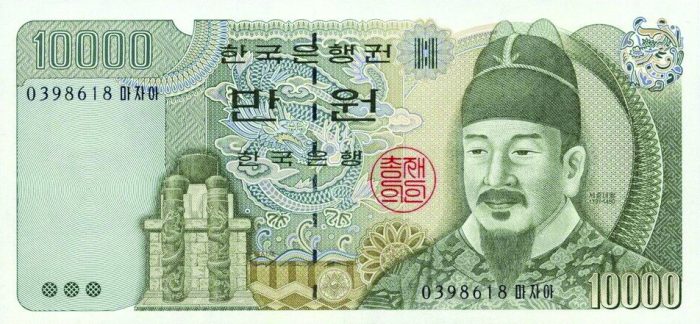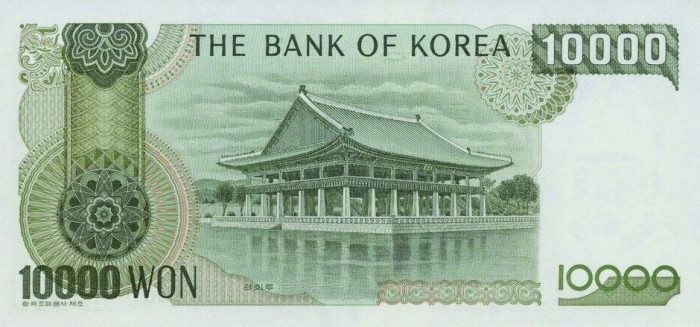Teaching in Korea
Back in the 1990s, I was unable to find a teaching job after graduating from college. At the time, positions in education were not easy to get. It seemed that all the full-time jobs went to a teacher’s cousin or daughter, or a friend of the principal’s kid. I worked for a long time as a substitute teacher. It was disheartening to say the least.
One day, I was looking through the want ads in the local newspaper and noticed an intriguing offer to teach in South Korea. I called the number, had a phone interview, and just a couple weeks later I was on my way to my first teaching job!
Historic Taejon
I could not have chosen a more beautiful place. I settled in Taejon, Chungcheongnam-do Province. The area was filled with historic temples, castles, and houses, and I loved the people and classic architecture. Even traditional Korean clothing seemed to be designed to resemble the lines on the roof of a house. When I would travel to visit friends in the villages where they grew up, it was not unheard of to stay in a 600-year-old home that was still completely habitable. I did have to learn how to move around at night so I wouldn’t be burned by the floor heating.
My time in Taejon made me appreciate my occasional visits to Seoul. I loved to immerse myself in the Chosun Dynasty with its grand palaces and traditions. My Korean friends didn’t appreciate this as much. When I would visit the primary palace of the Lee Dynasty, there would be scores of schoolchildren and their teachers, Asian tourists, some U.S. soldiers, and…me. Since I wore traditional clothing with a modern twist, I probably stood out. I would love to someday see someone’s vacation photos and discover that I am in one, from the time they unknowingly took a picture of me outside the palace!
National Treasures
My favorite palace in Seoul, Gyeongbokgung Palace, features stunning architecture and is full of national treasures. The best view from the palace is anyplace where you can look out and see the fabulous Gyeonghoeru Pavilion, a building that is perhaps better described as a banquet hall. Originally constructed in 1412, the first structure was destroyed by the Japanese in 1592. The building that can be seen today was rebuilt in 1867. This magnificent edifice can be found on the back of the predominately green 10,000 won, P-50 bank note.
The square and cylindrical pillars that support the structure represent balance, or the principles of yin and yang. Originally, these stone pillars were carved with depictions of splendid dragons, and their disappearance is an enduring mystery. One would hope that Korean patriots had hid them from invaders, and then forgot where they put them. But they are just as likely to be found hidden in plain view in another country. If they are ever found, it would be worth a trip to see them.


10,000-Won Note
One of the things that makes this bank note one of my favorites is how the pavilion is reflected in one of the palace lakes. I have always loved seeing water depicted on currency, and this note really delivers. The green shade of the note belies the beauteous riot of color you see on traditional Korean buildings.
Of course, the front of this note is also impressive. It shows the water clock at the Borugak Pavilion, a five-toed dragon, and a portrait of King Sejong the Great (1397-1450) wearing his splendid dragon robe. This robe is shown being waved from the palace roof in many Korean historical dramas, imploring the deceased king to return.
The five-toed dragon is a symbol of the emperor, and it appears to have four horns. For it to have truly been an imperial dragon representing Korea, I think it would have had only two horns. For this purpose, and considering that the colors of the Korean court mirror that of China, and since the king wore a red dragon robe, I do not think that even Koreans viewed themselves as less than a vassal state to China. It was not until the last king/emperor of Korea that the monarch wore a yellow dragon robe. Most Korean kings were memorialized wearing red dragon robes.
On the note, King Sejong is shown looking a lot like the artist who created the image. He assumed the throne in 1418 and served as the fourth king of the Chosun Dynasty until his death in 1450. His long rule was a time of great scientific and academic achievement. He is noted for his promulgation of the Korean alphabet, which is so easy to read that I learned it in a week and still use it to write in my journals. His alphabet that was made for the people nearly died out during his successor’s reign, but the letters endured.
Fascinating Culture
Koreans have survived untold cruelty and dehumanization, but they have remained some of the most impassioned people I have ever encountered. Korea is far more than just kimchi, K-pop, and tae kwon do. Koreans have a significant and fascinating history, some of which is on display on one of my favorite Korean bank notes—the 10,000 won.
Feel free to contact me to cuss or discuss this note or my time in Korea. You can also visit my YouTube channel, Numismatic Notes with Benjamin. Have a jewel of a day!
A version of this article appears in the May 2024 issue of The Numismatist (money.org).
